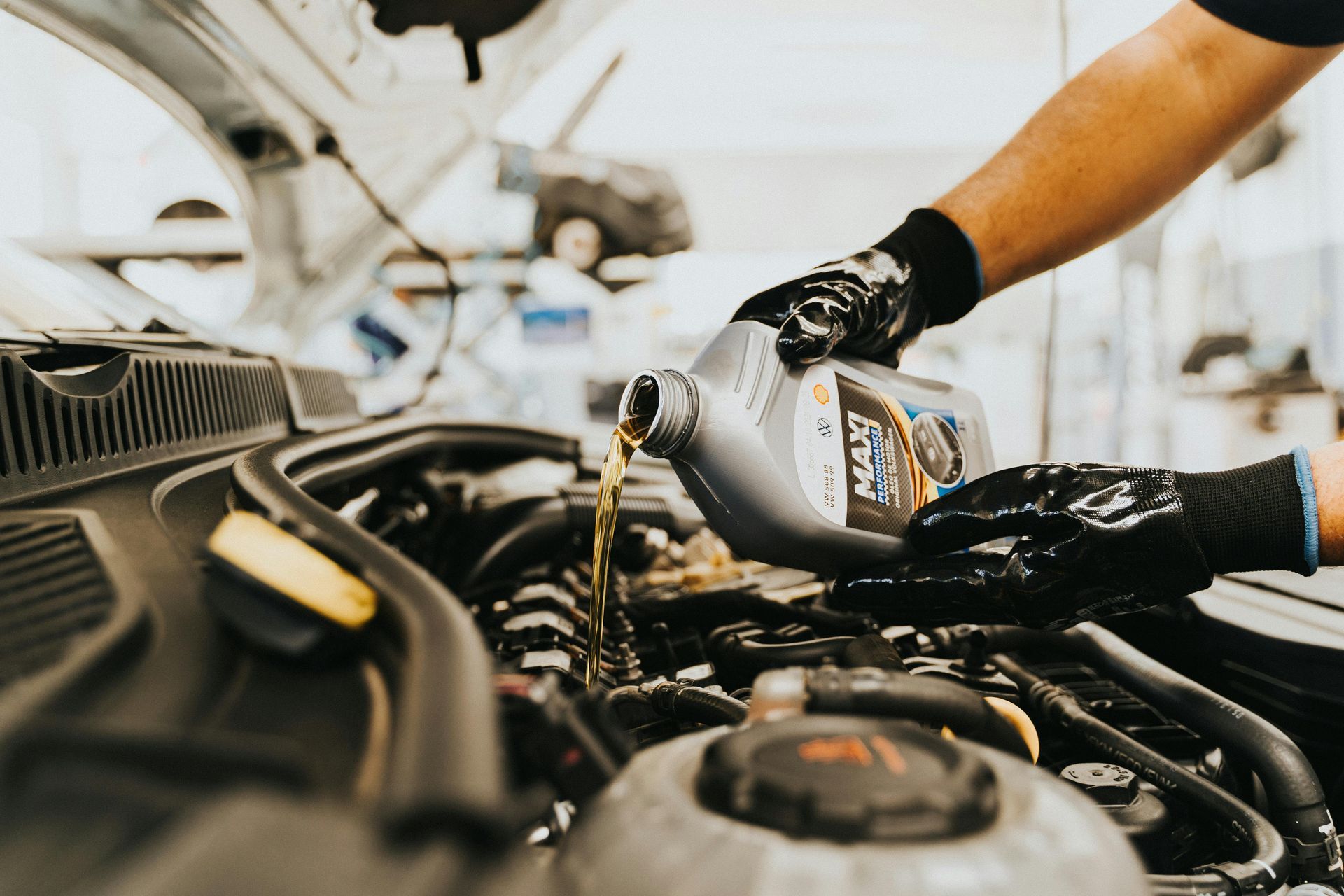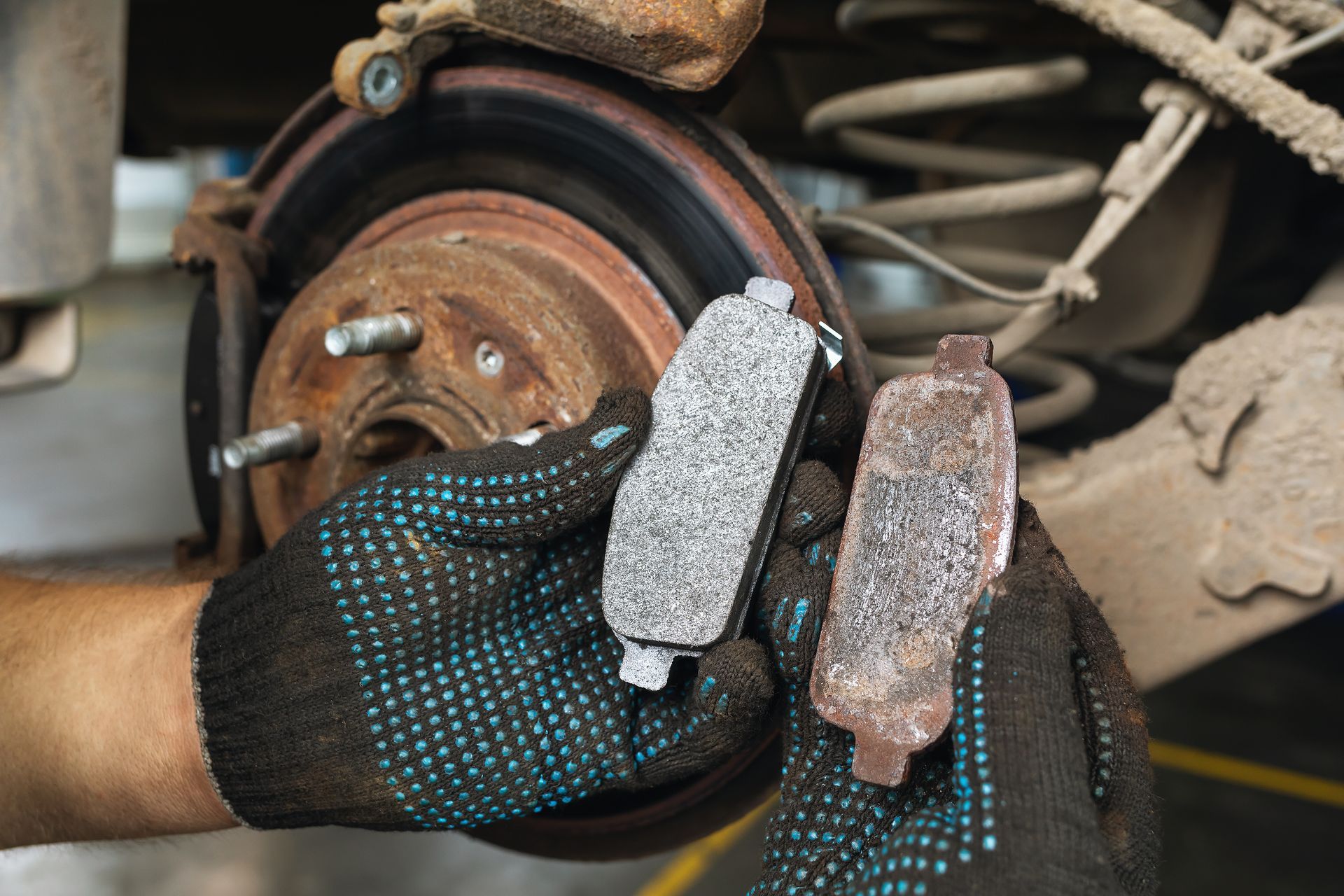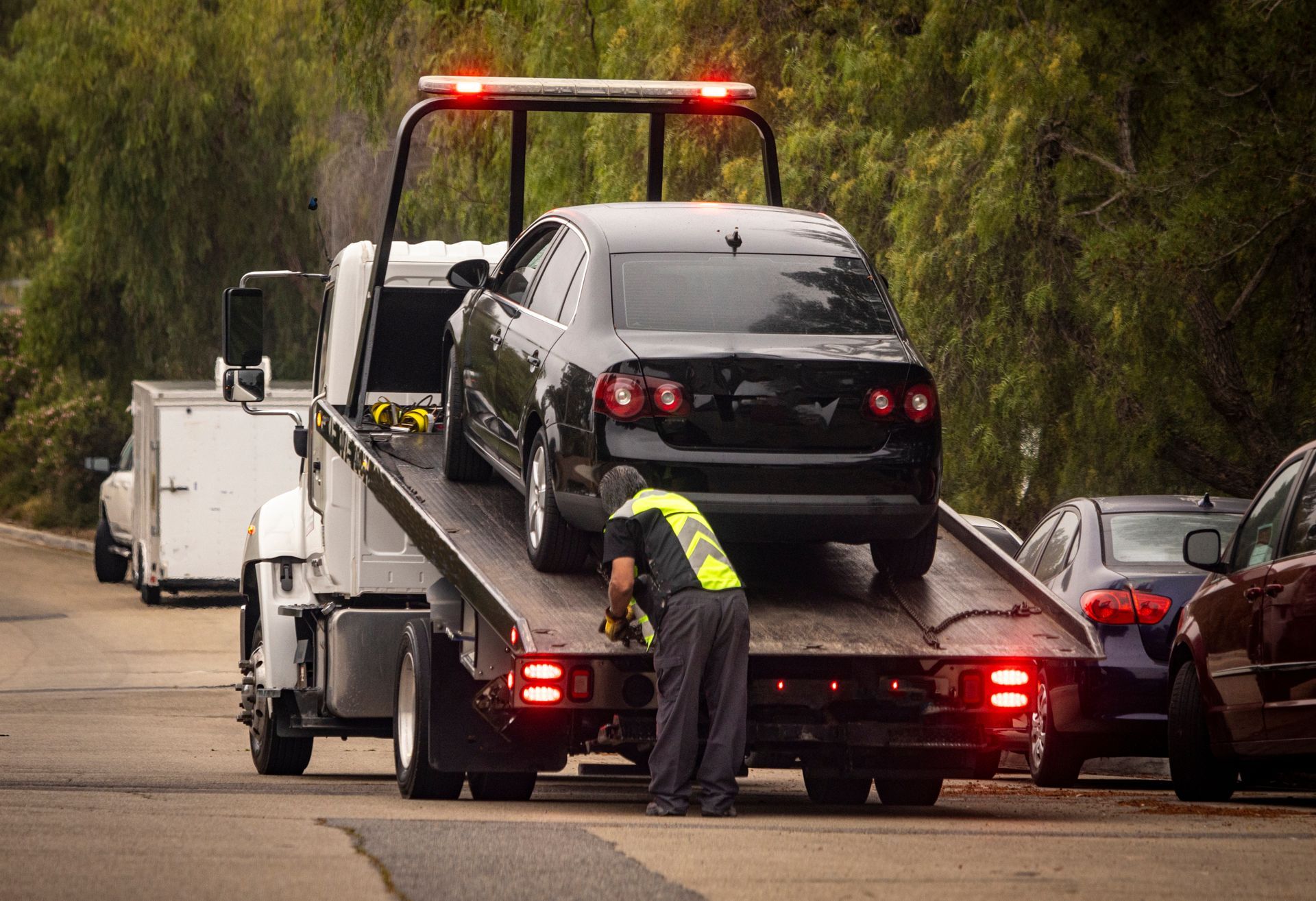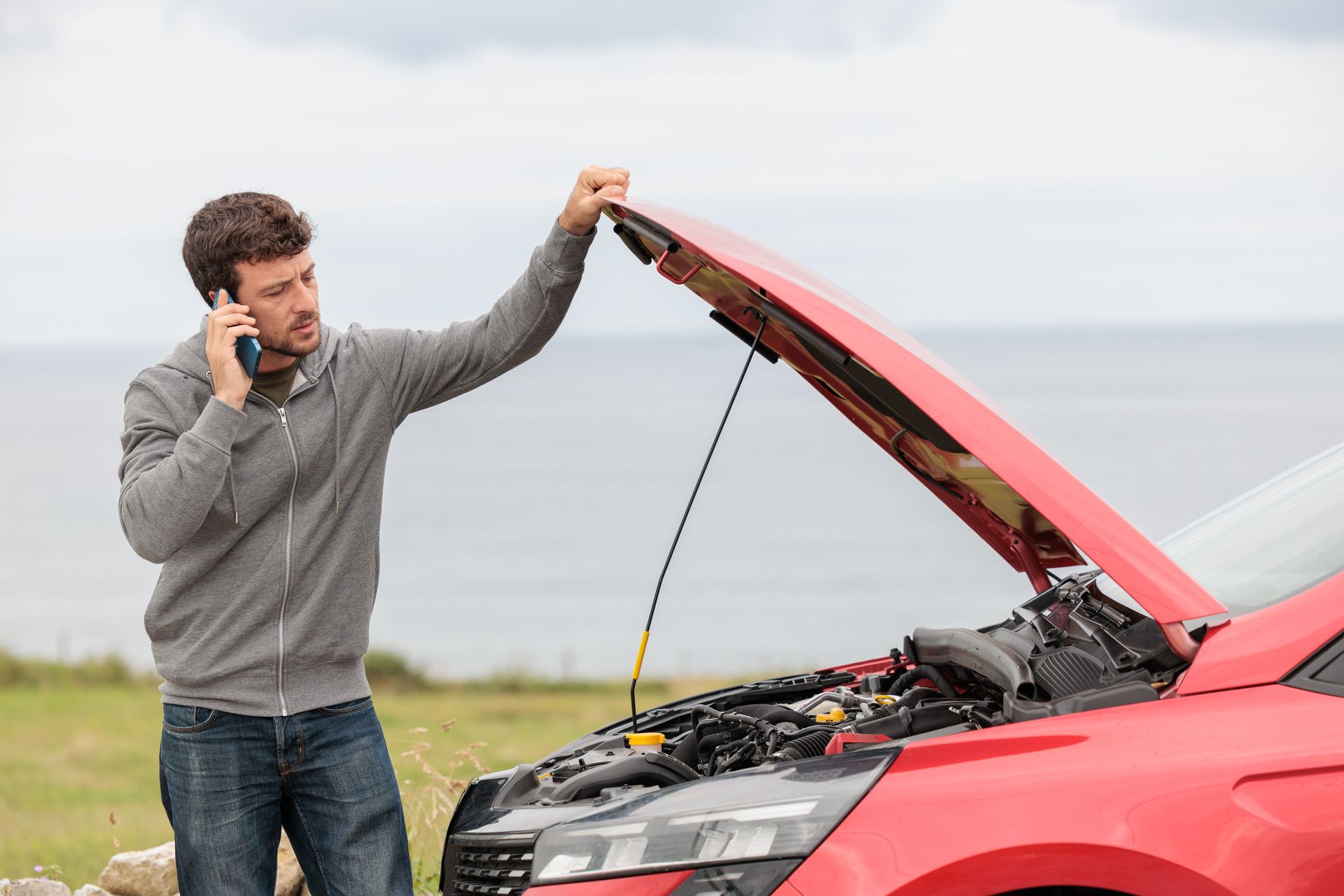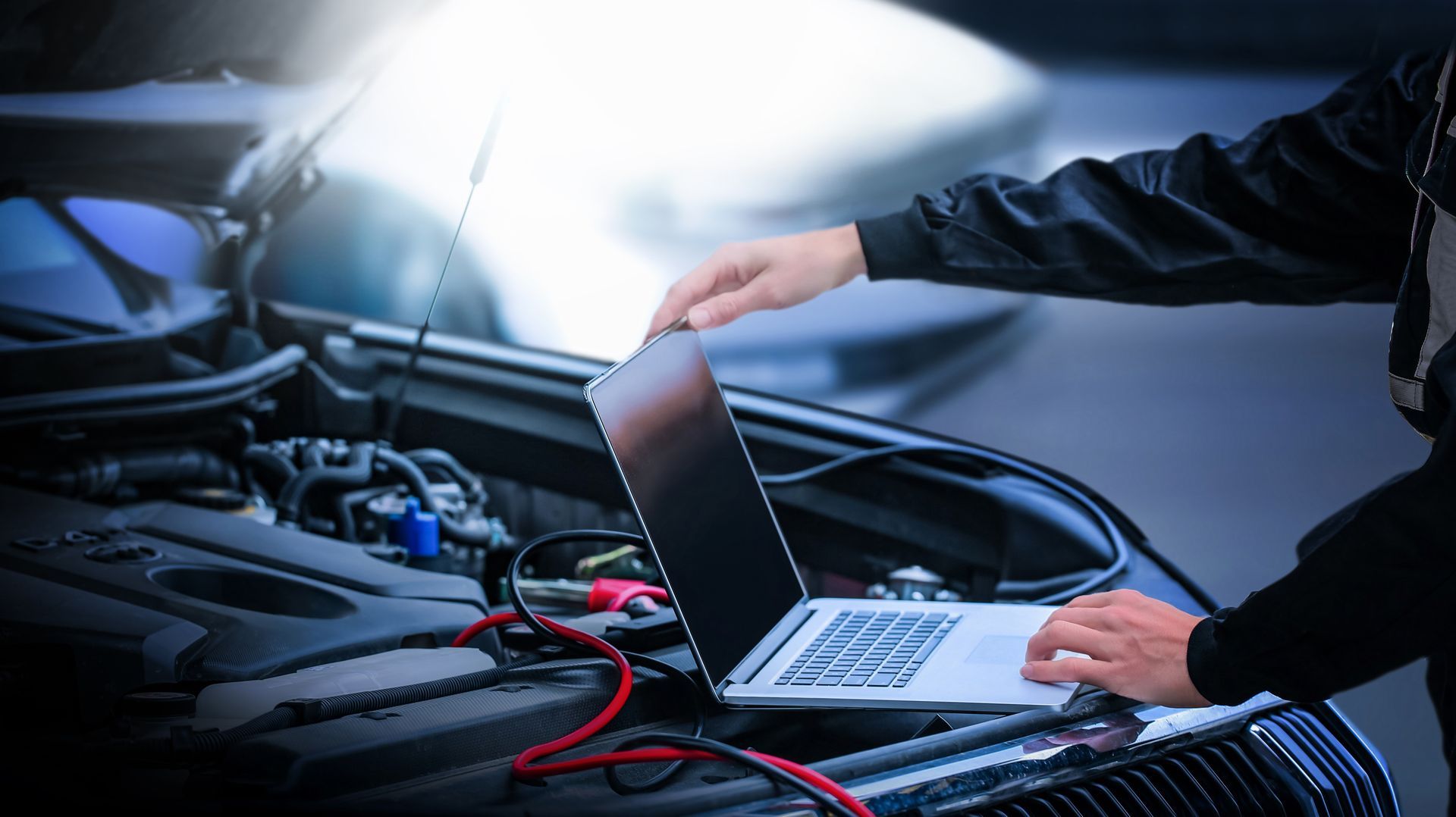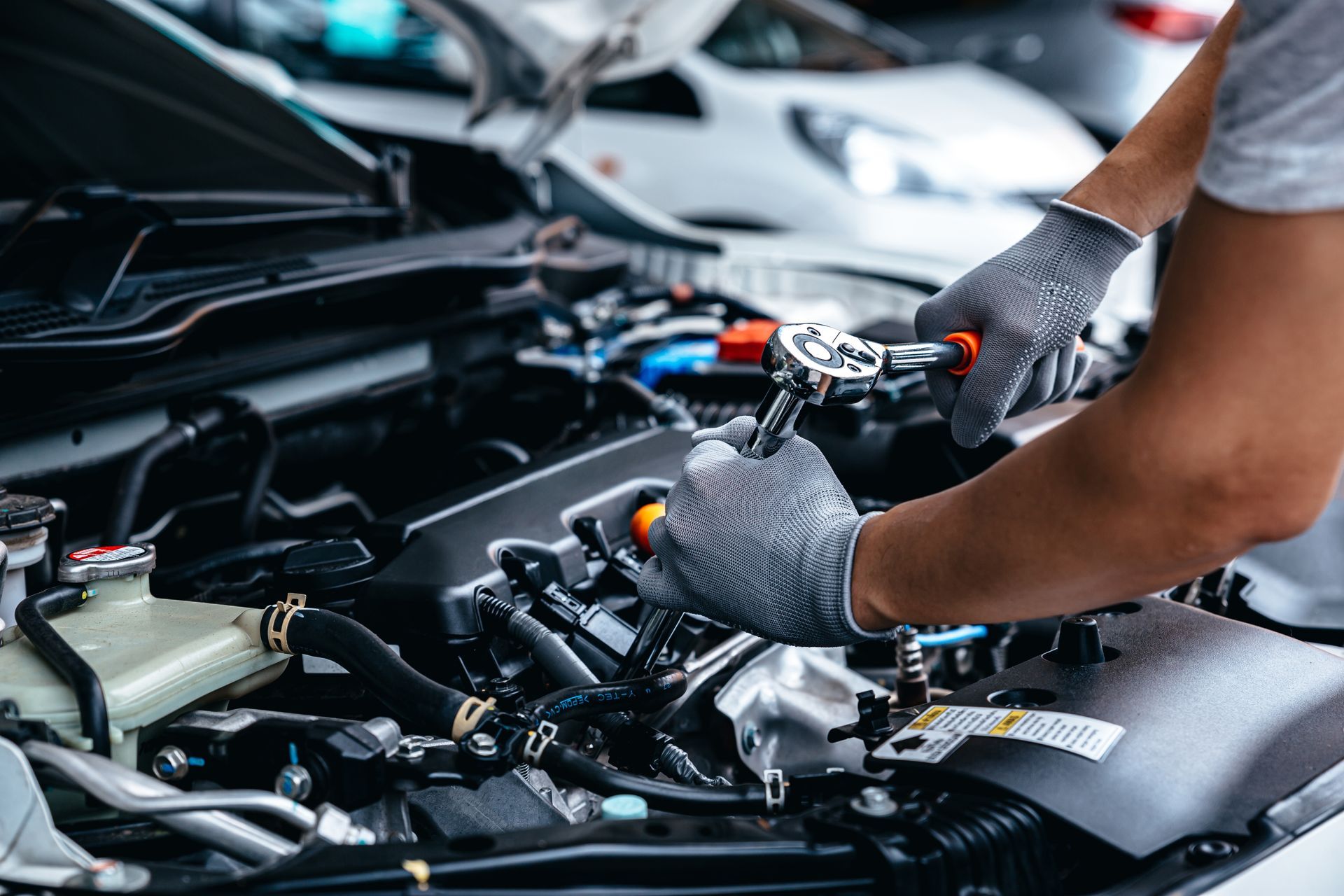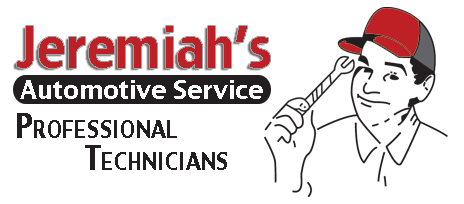Is It Time for a Suspension or Alignment Check?
Your vehicle’s suspension and alignment affect how it handles, how your tires wear, and how comfortable your ride feels. Many drivers don’t think about these systems until something feels off, but catching issues early can prevent bigger problems and higher costs down the line. Below are signs to look for, reasons these issues are common in places like Heath, Ohio, and how regular inspections from a trusted shop like Jeremiah’s Automotive can help.
Key Signs You Might Need an Alignment or Suspension Service
• Vehicle pulls to one side while driving
• Uneven or rapid tire wear
• Steering feels loose or off-center
• Bumpy or shaky ride on roads that used to feel smooth
• Squeaking, clunking, or knocking sounds over bumps
• Difficulty steering or changes in how the wheel responds
Each of these signs could indicate an issue with alignment, shocks, struts, or other suspension components.
How Suspension Systems Work
Your suspension is made up of shocks, struts, springs, and control arms. It’s designed to absorb bumps in the road and keep your tires firmly in contact with the ground. A damaged suspension system not only makes your ride less comfortable but can also impact steering and tire wear.
In Ohio, changing weather, potholes, and road salt all contribute to accelerated wear. Spring thaw and freeze cycles often leave roads in rough shape, especially in areas around Licking County. These conditions make regular suspension checks more important than in other parts of the country.
What Vehicle Alignment Really Means
Alignment refers to how your wheels are positioned relative to each other and the frame of your vehicle. When your wheels are aligned properly, they’re pointed in the same direction and your vehicle drives straight without pulling or drifting.
Three key components are checked during an alignment:
•
Toe – the angle at which tires point inward or outward
•
Camber – the tilt of the wheels from top to bottom
•
Caster – the angle of steering axis when viewed from the side
If any of these are off, it can cause the symptoms listed earlier and will wear down tires much faster.
When to Get Your Alignment Checked
• After hitting a pothole or curb
• After suspension components are replaced
• When you install new tires
• If you notice the steering wheel is off-center while driving straight
• Every 12,000 to 15,000 miles as a routine part of maintenance
Not every vehicle needs frequent alignments, but getting it checked periodically helps extend the life of your tires and keeps your steering feeling right.
Suspension and Alignment in Heath, Ohio
In places like Heath and Newark, the condition of the roads changes with every season. Winter causes frost heave. Spring reveals potholes. Summer construction can leave behind uneven pavement. All of this takes a toll on your suspension and wheel alignment.
Local drivers also face a mix of urban, suburban, and rural roads. Some are smooth and well-maintained. Others are full of dips, gravel, or patched pavement. This kind of variation makes alignment and suspension checks even more important for preserving vehicle health.
What Happens During a Professional Inspection
When you bring your vehicle in for a suspension or alignment check, here’s what the technicians at Jeremiah’s Automotive typically look at:
• Visual inspection of shocks, struts, bushings, and control arms
• Check for fluid leaks or damaged seals
• Inspect tire wear patterns for signs of misalignment
• Use alignment equipment to measure and adjust wheel angles
• Road test to confirm the vehicle drives straight and handles properly
If repairs are needed, you’ll get an explanation of which components are worn and what replacement involves. The focus is always on making sure your vehicle handles safely and predictably.
How Often Should Suspension Be Replaced
Suspension components don’t wear out as often as things like brakes or tires, but they don’t last forever. On most vehicles, shocks and struts last anywhere from 50,000 to 100,000 miles depending on road conditions and driving habits. If you do a lot of highway driving on smooth roads, they may last longer. But if your routes include rough streets, gravel, or frequent hauling, wear will happen faster.
Having a shop check your suspension at least once a year helps prevent surprises.
Tire Health Depends on Alignment
Proper alignment doesn’t just affect handling. It also plays a big role in how your tires wear. Misaligned wheels can cause:
• Feathering – tread ribs develop a saw-tooth pattern
• Camber wear – one edge of the tire wears down faster
• Toe wear – inner or outer edges wear more than the middle
Tires aren’t cheap. Getting an alignment is a much smaller investment compared to replacing a full set of worn tires early.
Local Shops vs. National Chains
Some drivers go to large chains for alignment deals, but there are benefits to working with a local shop. Jeremiah’s Automotive isn’t just focused on hitting a number of cars per day. Their team takes time to make sure each vehicle is checked properly. Because they’re local to Heath, they know what drivers are up against with the roads in this part of Ohio.
There’s also more accountability. If you have questions or need to come back for a recheck, you’re not dealing with a national customer service hotline. You’re working with people who know your name and remember your vehicle.
